AI & Cyber Weekly: Agentic AI Threats Reach Critical Mass
First Malicious AI Agent Discovered, SOC Teams Overwhelmed by 960 Daily Alerts, and Shadow AI Adoption Surges 50%
October 2, 2025 | By Gabrielle from StrongestLayer
Executive Summary
This week marks a watershed moment in AI-powered cybersecurity threats as researchers discovered the first malicious Model Context Protocol server in the wild, signaling that agentic AI has transitioned from theoretical risk to active weaponization [8]. The discovery comes as security teams face unprecedented operational strain, with organizations processing an average of 960 security alerts daily while leaving 40% completely uninvestigated due to overwhelming volume [9].
Meanwhile, enterprise adoption of generative AI platforms surged 50% in recent months, but over half occurred through shadow AI implementations that bypass approved security controls [1]. This convergence of AI-powered attacks, operational overwhelm, and uncontrolled AI adoption creates a perfect storm requiring immediate strategic intervention from security leaders. Compounding these challenges, 58% of security professionals report being pressured to keep breaches confidential, representing a 38% increase since 2023 [10].
AI Security Threats Intel
First Malicious AI Agent Discovered in Wild
Security researchers have identified the first malicious Model Context Protocol server actively deployed in cyberattack operations, marking a critical evolution in AI-powered threats [8].
The discovery represents the first documented case of attackers weaponizing agentic AI infrastructure to execute autonomous cyberattacks [8]. Unlike traditional malware that follows predetermined patterns, this malicious MCP server leverages AI reasoning capabilities to adapt attack strategies in real-time, making detection significantly more challenging for conventional security tools.
Technical Analysis: The malicious server exploits the Model Context Protocol framework to create autonomous agents capable of reconnaissance, exploitation, and lateral movement without direct human control. These AI agents can analyze defensive measures and dynamically adjust tactics to evade detection systems.
Enterprise Impact: Organizations deploying MCP-based AI systems face immediate risk from compromised servers that can hijack legitimate AI infrastructure for malicious purposes, including data exfiltration, privilege escalation, and persistent backdoor establishment.
Novel AI-Powered Phishing Campaign Uncovered
Cybersecurity researchers have identified a sophisticated AI-powered phishing operation employing advanced machine learning techniques to bypass traditional email security defenses [3].
The campaign demonstrates unprecedented sophistication in AI-generated content that adapts to individual targets, analyzing social media profiles, professional relationships, and communication patterns to craft highly personalized phishing messages [3]. These AI-enhanced attacks achieve significantly higher success rates compared to traditional phishing operations.
Attack Methodology: Attackers leverage large language models to generate contextually relevant phishing content that passes advanced email filtering systems while incorporating subtle social engineering triggers tailored to each victim's psychological profile.
Detection Challenges: Traditional signature-based and heuristic detection methods prove inadequate against AI-generated phishing content that continuously evolves and adapts to security measures, requiring organizations to deploy AI-powered defensive systems.
Milesight Router Exploitation Campaign
Threat actors are actively exploiting vulnerabilities in Milesight routers to establish persistent access and deploy secondary payloads across enterprise networks [7].
The exploitation campaign targets unpatched Milesight industrial routers widely deployed in IoT and industrial control environments [7]. Attackers leverage these compromised devices as initial access vectors to infiltrate corporate networks, establish command-and-control infrastructure, and deploy ransomware or espionage tools.
Technical Details: The vulnerabilities enable remote code execution without authentication, allowing attackers to gain full administrative control over affected devices and pivot into connected networks.
Remediation Priority: Organizations deploying Milesight routers must immediately apply available security patches and implement network segmentation to limit potential impact from compromised edge devices.
Human Risk Management & Ransomware Intelligence
WestJet Data Breach Impacts 1.2 Million Individuals
Canadian airline WestJet disclosed a significant data breach affecting 1.2 million customers, including exposure of passport information and government-issued identification documents [4].
The breach exposed highly sensitive personal information including passport numbers, government-issued ID documents, travel itineraries, and payment card data for over 1.2 million WestJet customers [4]. The incident highlights critical vulnerabilities in airline customer data protection systems and the cascading risks associated with centralized customer databases.
Data Exposure Scope: Compromised information includes passport details, driver's licenses, travel booking histories, frequent flyer account credentials, and partial payment card data, creating significant identity theft and fraud risks for affected individuals.
Industry Implications: The breach underscores systemic weaknesses in airline cybersecurity postures, particularly concerning protection of regulated personal information subject to international data privacy requirements.
China Implements One-Hour Cyber Incident Reporting
Chinese authorities have enacted stringent new regulations requiring organizations to report major cybersecurity incidents within one hour of detection, fundamentally reshaping incident response timelines [6].
The new regulation mandates that Chinese organizations report significant cybersecurity incidents to government authorities within 60 minutes of discovery, with severe penalties for non-compliance [6]. This aggressive timeline compresses incident assessment, internal escalation, and regulatory notification into an extremely narrow window, forcing organizations to maintain 24/7 incident response capabilities.
Operational Impact: Organizations operating in China must establish automated detection and reporting workflows capable of identifying, classifying, and escalating incidents within the one-hour window, requiring substantial investment in security operations center infrastructure and staffing.
Global Implications: Multinational corporations face complex compliance challenges balancing Chinese rapid reporting requirements against data sovereignty concerns and conflicting disclosure obligations in other jurisdictions.
Breach Confidentiality Pressure Intensifies
New research reveals 58% of security professionals face pressure to suppress breach disclosures, representing a concerning trend toward organizational opacity in cybersecurity incident transparency [10].
AI-Enabled Attacks Brief
SOC Alert Crisis Reaches Breaking Point
Security Operations Centers face unprecedented operational strain as average daily alert volumes reach 960 per organization, with 40% going completely uninvestigated due to resource constraints [9].
Organizations process an average of 960 security alerts daily, with large enterprises handling over 3,000 alerts from approximately 30 different security tools [9]. This overwhelming volume forces SOC teams into impossible triage decisions, resulting in 40% of alerts receiving zero investigation. Most alarmingly, 61% of security teams admitted to ignoring alerts that later proved to be critical security incidents.
Operational Crisis: Average investigation time exceeds 4 hours for high-priority incidents, creating dangerous detection-to-response gaps. With cyber threats like Business Email Compromise converting to incidents in just 48 minutes, current SOC models prove fundamentally inadequate.
AI Adoption Acceleration: 55% of security teams now deploy AI copilots in production for alert triage, with 60% of remaining teams planning evaluation within one year. Industry experts project 60% of SOC workloads will be AI-powered within three years as organizations race to address unsustainable alert volumes.
Shadow AI Adoption Surges 50% Despite Security Risks
Enterprise generative AI platform usage increased 50% in recent months, but over half of adoption occurred through shadow AI implementations bypassing approved security controls [1].
While generative AI adoption accelerates across enterprises, more than 50% of usage occurs through shadow AI channels where employees utilize unauthorized AI platforms outside corporate security frameworks [1]. This uncontrolled proliferation creates massive security blind spots as sensitive corporate data flows into unmonitored AI systems lacking proper access controls, data loss prevention, or compliance oversight.
Security Implications: Shadow AI implementations expose organizations to data leakage, intellectual property theft, regulatory violations, and model poisoning attacks, while security teams lack visibility into actual AI usage patterns and associated risks.
Training Gap: Research indicates most organizations rely on annual cybersecurity awareness training, but vulnerabilities emerge in gaps between formal sessions when employees prioritize productivity over security policies, particularly for emerging technologies like generative AI.
CISO Perspectives
Supply Chain Cyber Threats Demand Immediate Action
Supply chain leaders face mounting pressure to address escalating cyber threats as interconnected systems create cascading vulnerability across global networks [12].
The convergence of AI-powered attacks, increasingly sophisticated threat actors, and growing supply chain complexity creates unprecedented risk for organizations [12]. Supply chain compromises enable attackers to infiltrate multiple downstream organizations through single vendor exploits, amplifying impact across entire industry sectors.
Investment Priorities: CISOs must prioritize third-party risk management programs incorporating continuous monitoring, vendor security assessments, and contractual security requirements. Organizations should implement zero-trust architectures limiting lateral movement from compromised supply chain partners.
AI Defense Integration: Leading organizations deploy AI-powered threat intelligence platforms to identify supply chain risks in real-time, analyzing vendor security postures and detecting anomalous behaviors indicating potential compromises before they impact downstream systems.
Bank of America Deploys GenAI Customer Assistant
Bank of America announced deployment of advanced generative AI assistant providing instant customer support, demonstrating financial sector commitment to AI-powered customer experience transformation [14].
US Government Shutdown Stalls Cyber Intelligence Sharing
Federal government shutdown significantly disrupts cybersecurity intelligence sharing between government agencies and private sector partners, creating critical gaps in threat awareness during period of elevated AI-powered attack activity [13].
Weekly AI Threat Landscape Summary
This week's developments signal a fundamental transformation in the cybersecurity threat landscape as AI transitions from defensive tool to weaponized attack vector. The discovery of the first malicious MCP server confirms threat intelligence warnings that agentic AI systems would be exploited for autonomous cyberattacks. Meanwhile, SOC teams struggle under unsustainable alert volumes averaging 960 daily, with 40% of threats receiving zero investigation due to resource constraints.
The shadow AI crisis compounds these challenges, with 50% of enterprise generative AI adoption occurring outside approved security controls. This uncontrolled proliferation creates massive visibility gaps as sensitive data flows into unmonitored AI systems. Organizations face a critical choice: rapidly scale AI-powered defense capabilities or accept increasing risk from AI-enhanced attacks their current tools cannot detect.
The WestJet breach affecting 1.2 million customers and China's one-hour incident reporting mandate demonstrate the escalating stakes for cybersecurity leadership. As 58% of security professionals face pressure to suppress breach disclosures, the industry confronts a transparency crisis undermining collective defense efforts. CISOs must champion AI security investments while navigating complex regulatory landscapes and organizational resistance to disclosure.
"We've reached an inflection point where traditional security operations models prove fundamentally inadequate against AI-powered threats. Organizations that fail to rapidly adopt AI-enhanced detection and response capabilities will find themselves increasingly vulnerable to autonomous attacks evolving faster than human defenders can respond."
References & Sources
- Cybersecurity awareness: AI threats and cybercrime in 2025 - World Economic Forum (September 2025)
- 2025 Digital Trust Insights - PwC (September 2025)
- Novel AI-Powered Phishing Campaign Uncovered - SC World (September 2025)
- WestJet Breach Hits 1.2 Million People, Affects Passports, IDs - SC World (September 2025)
- Cybersecurity threats escalate across UK enterprises - BBC News (September 2025)
- China's One-Hour Reporting Rule for Major Cyber Incidents - Dark Reading (September 2025)
- Hackers Exploit Milesight Routers to Deploy Malware - The Hacker News (October 2025)
- First Malicious MCP Server Found in the Wild - The Hacker News (September 2025)
- The State of AI in the SOC 2025 - Insights from Recent Study - The Hacker News (September 29, 2025)
- 2025 Cybersecurity Reality Check: Breaches Hidden, Attack Surfaces Growing - The Hacker News (October 1, 2025)
- Why Are Cybercriminals Going After Smaller Targets? - Cybersecurity Ventures (September 2025)
- Why Supply Chain Leaders Must Act on Cyber Threats - Fintech Global (October 2, 2025)
- US Government Shutdown Stalls Cyber Intel Sharing - Computer Weekly (September 2025)
- Bank of America Builds GenAI Assistant for Instant Answers - Computer Weekly (September 2025)
- AI Security Challenges Mount Across Global Organizations - BBC News (September 2025)

.png)






.png)
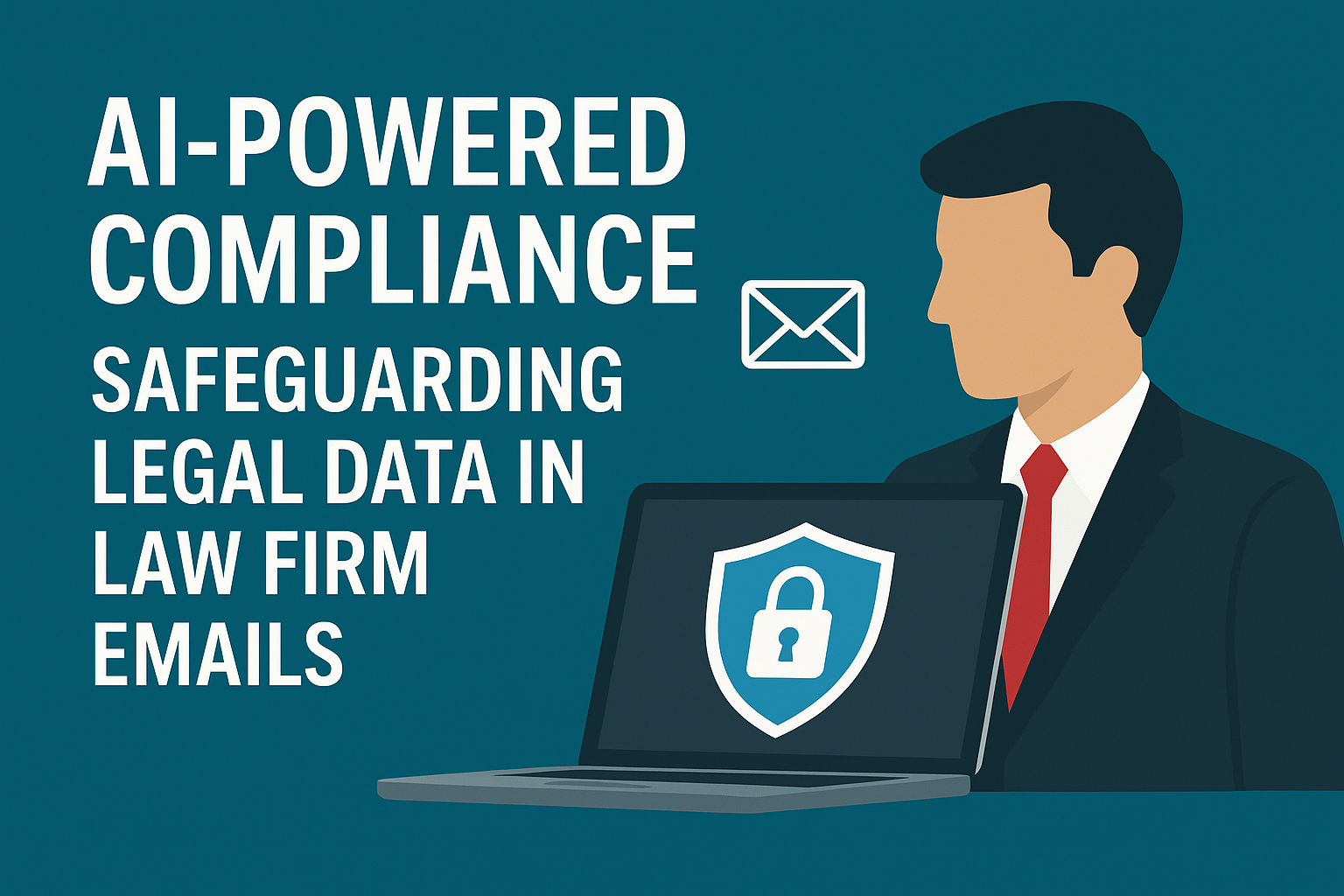
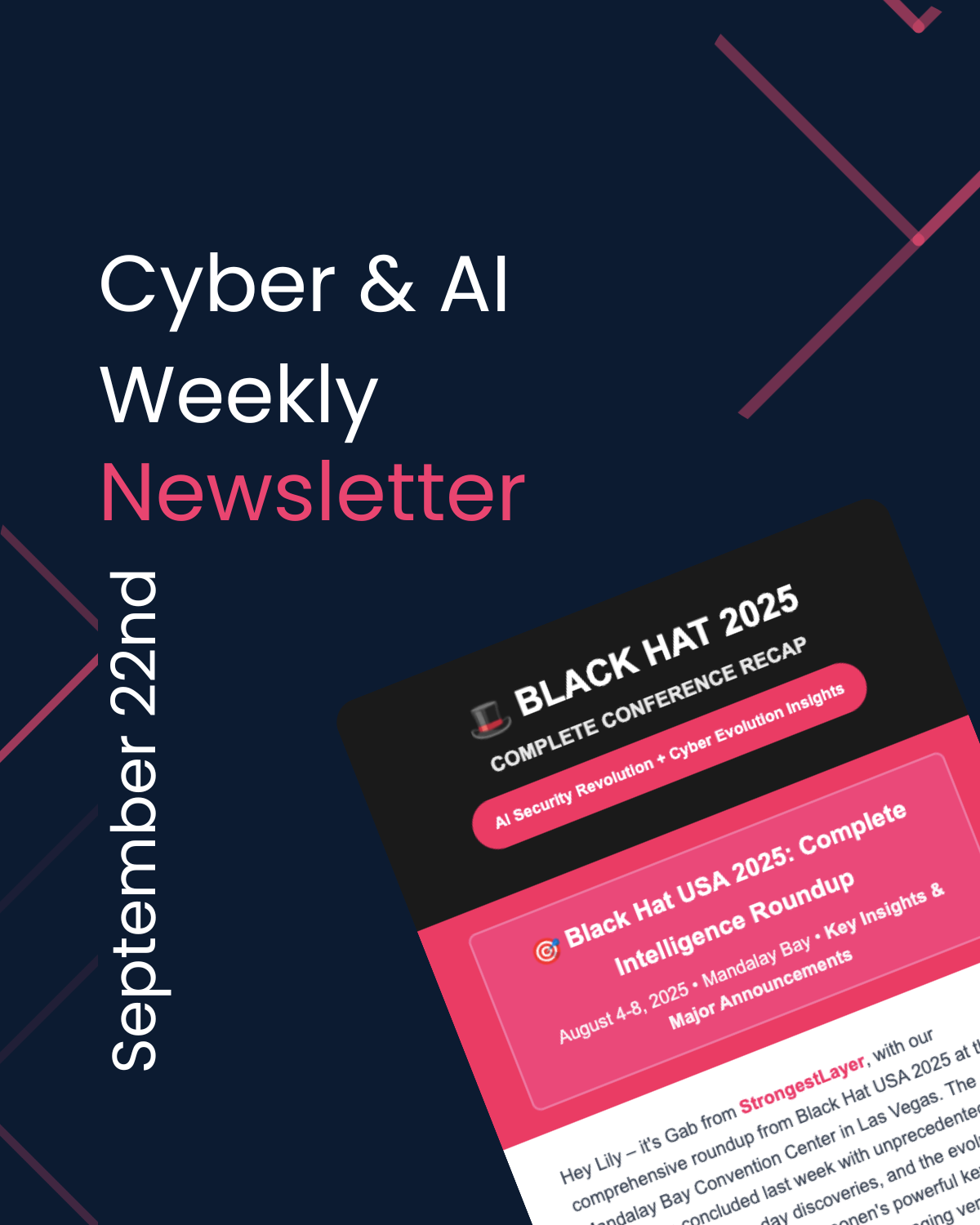




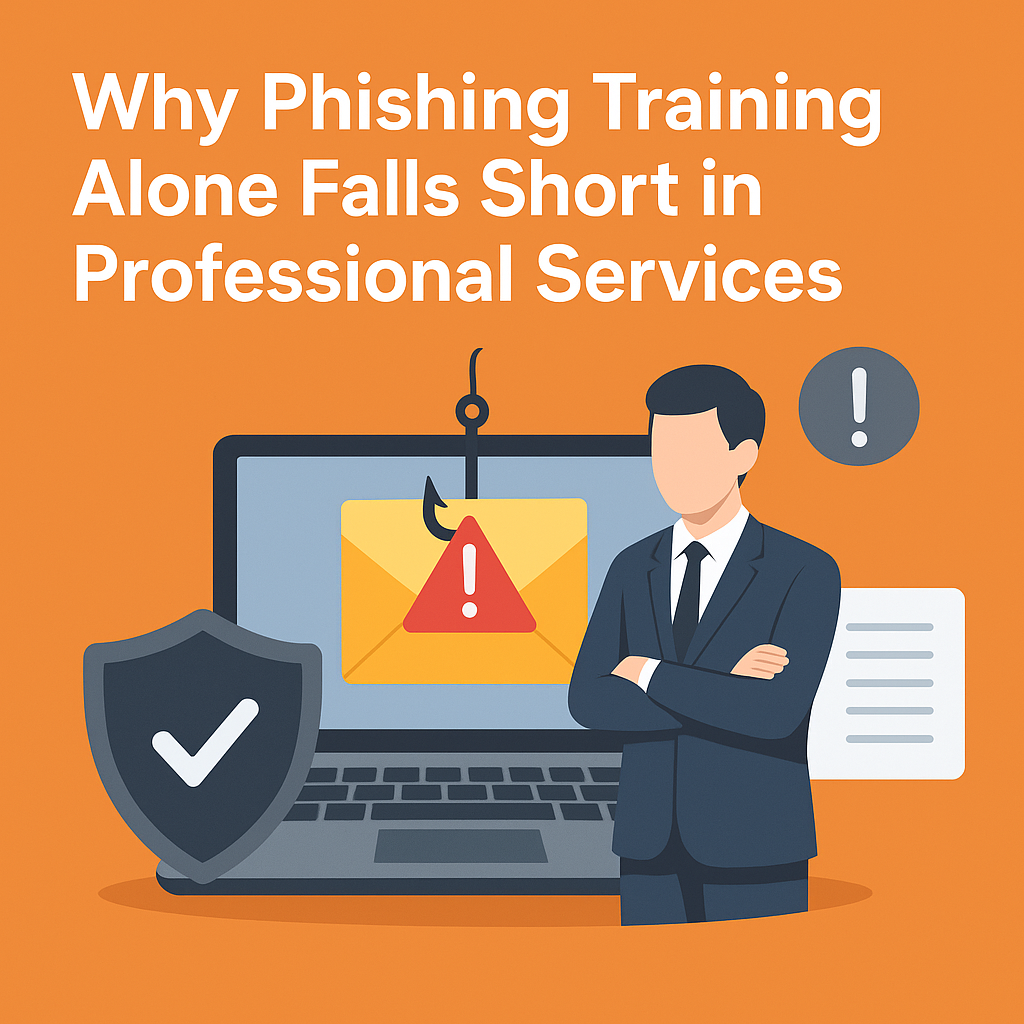

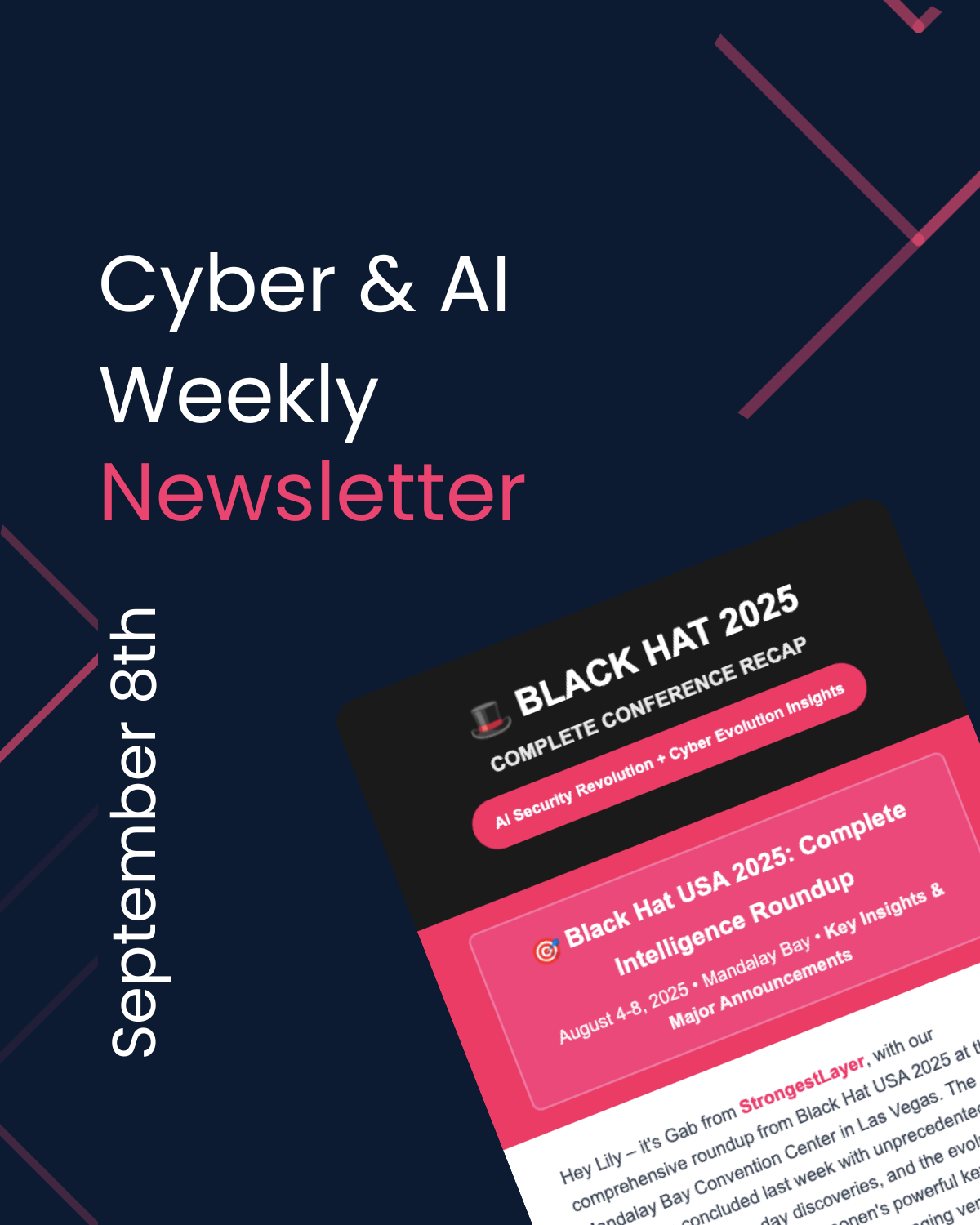


.png)

.png)
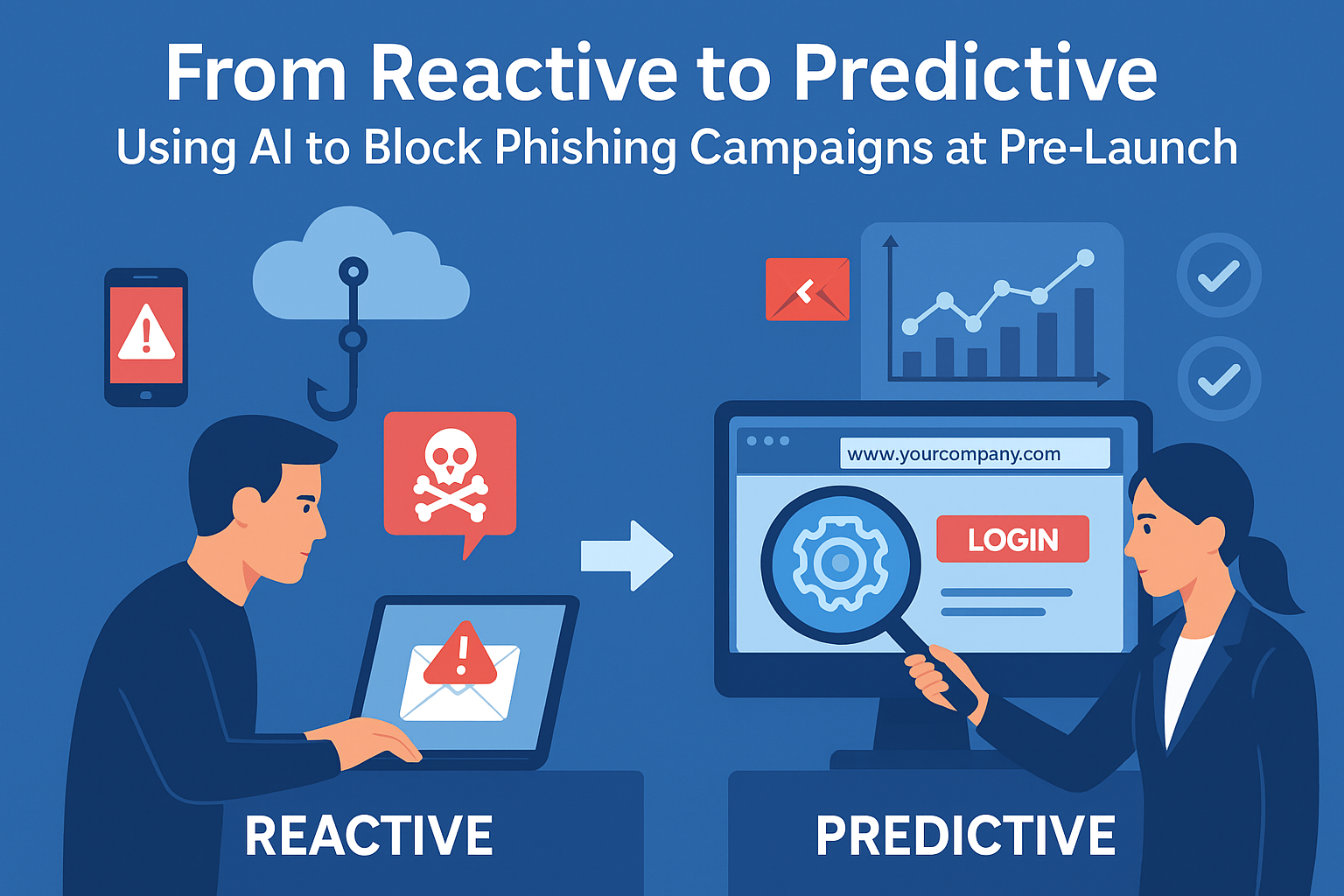
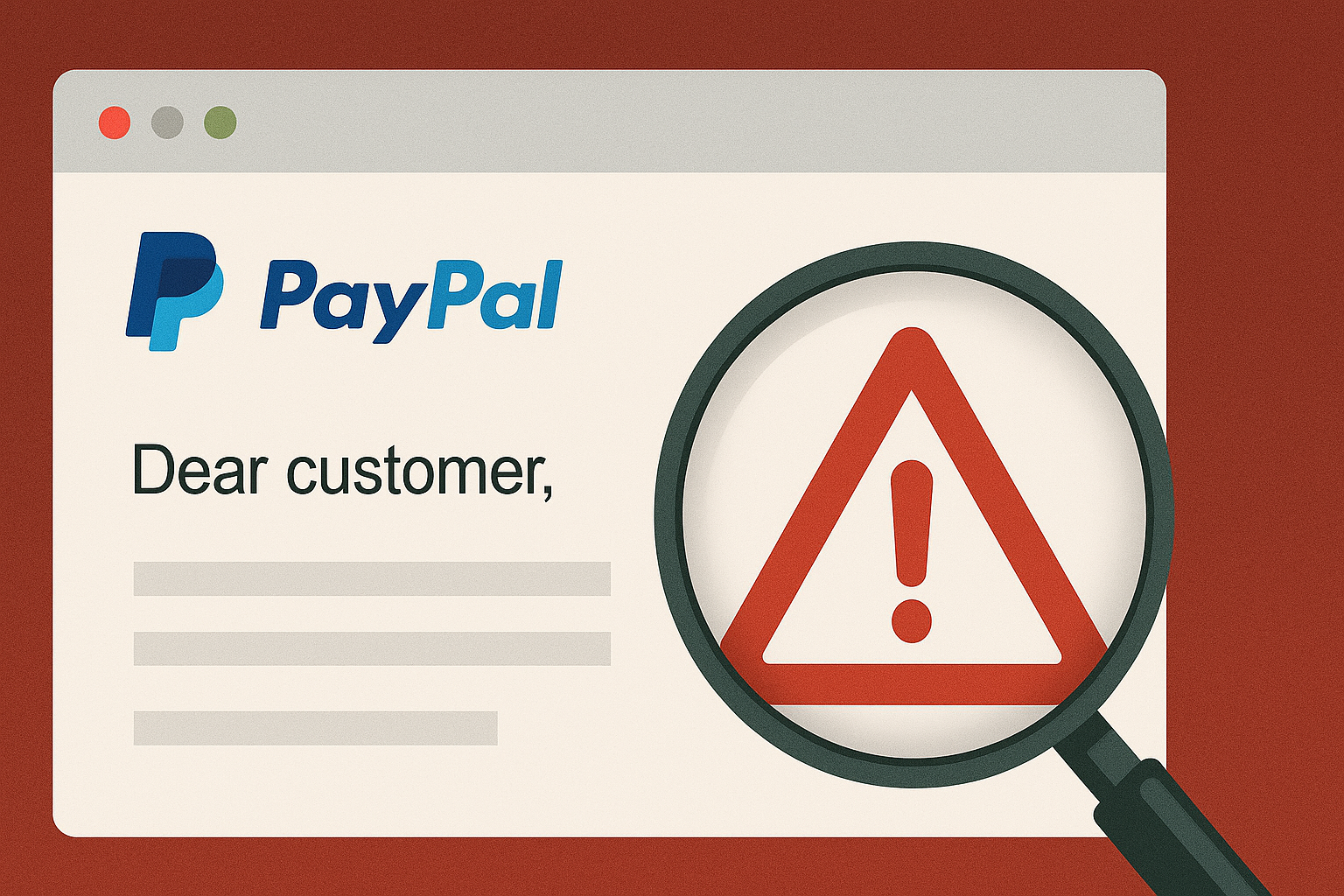
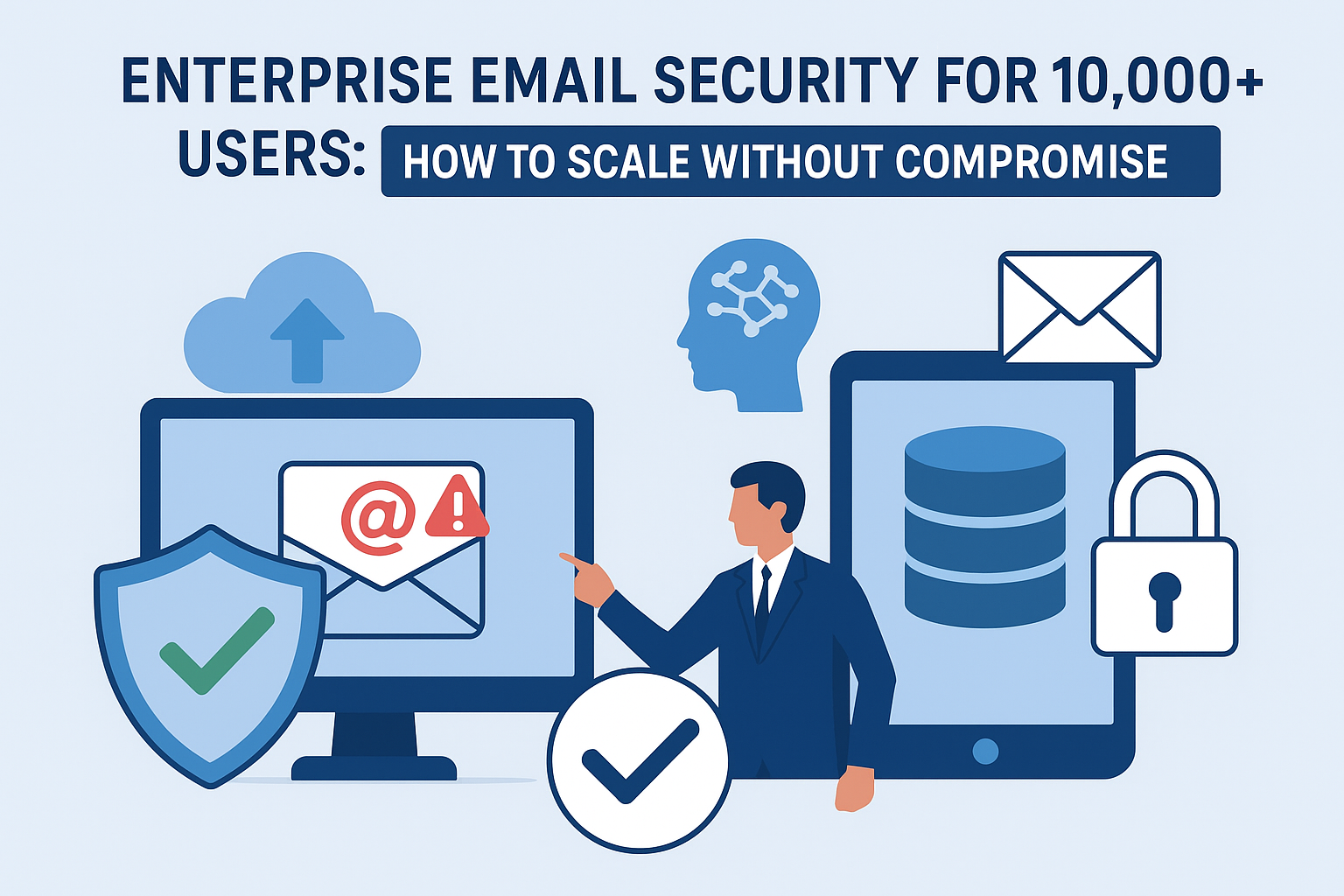
.png)
.jpg)
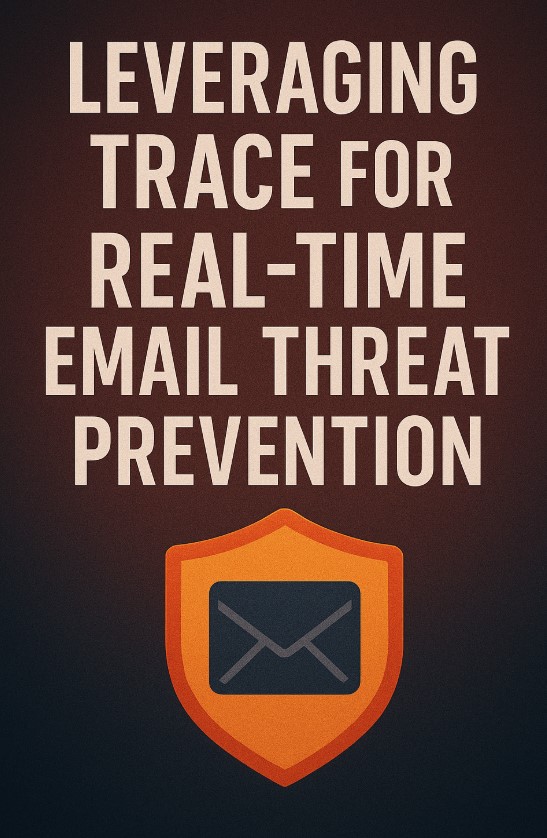
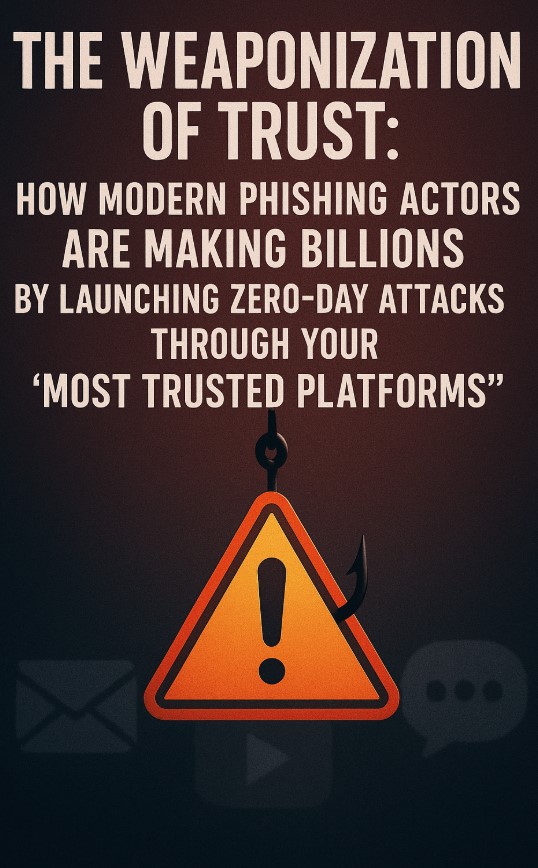
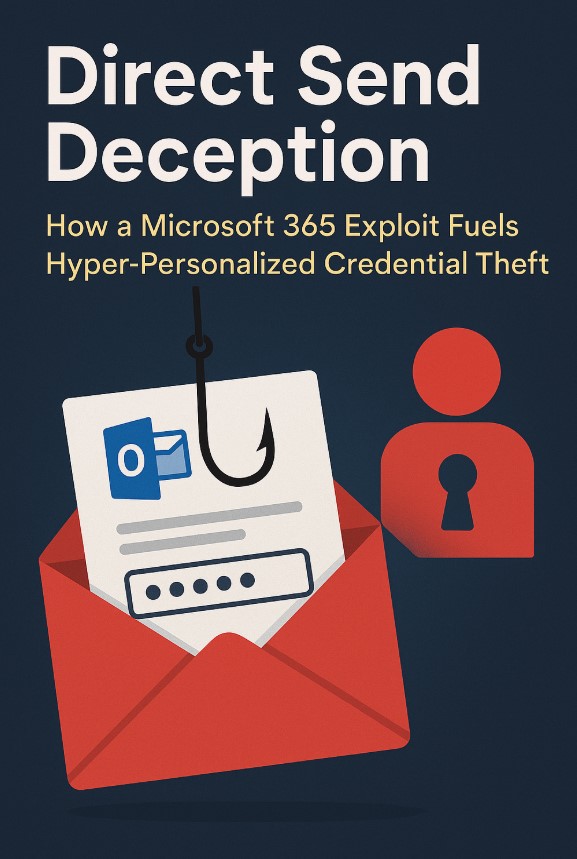
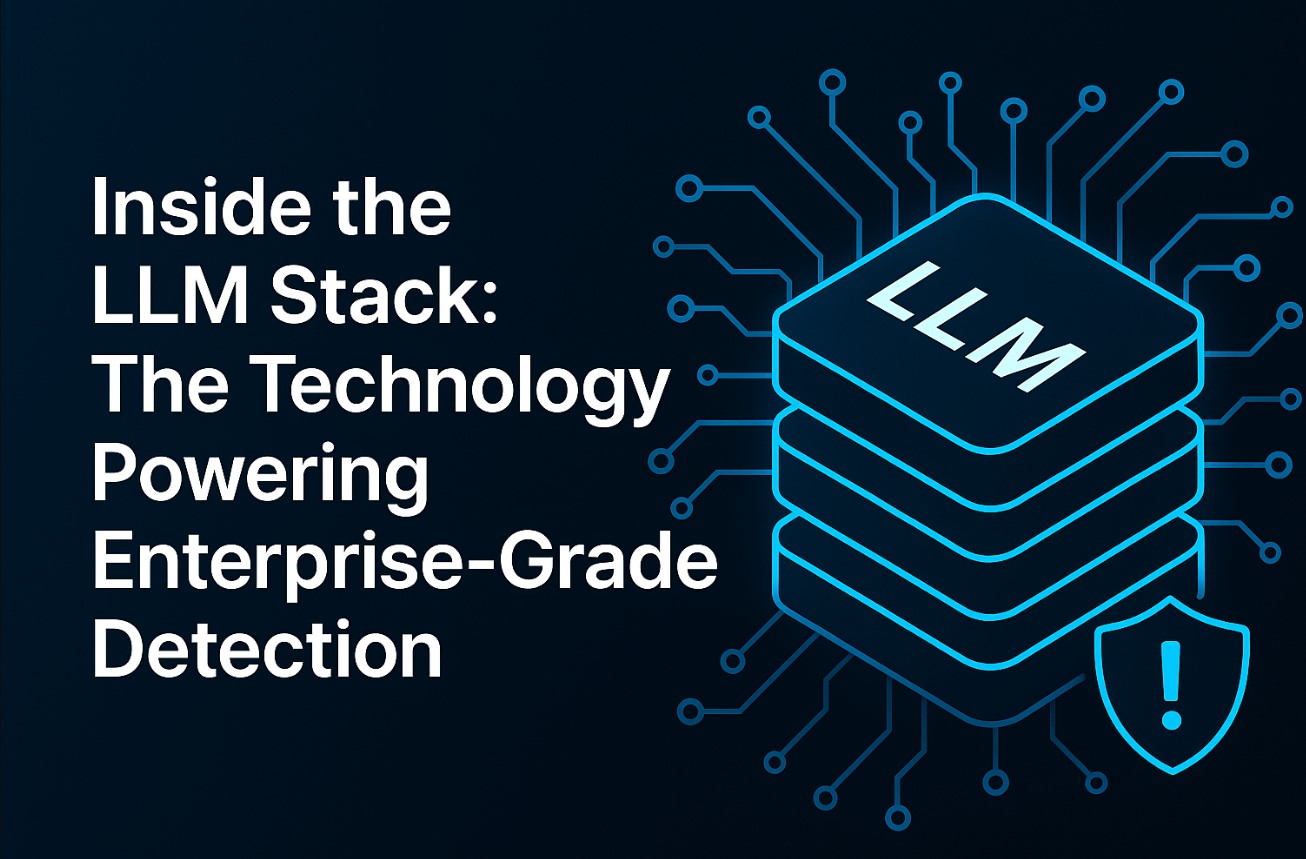
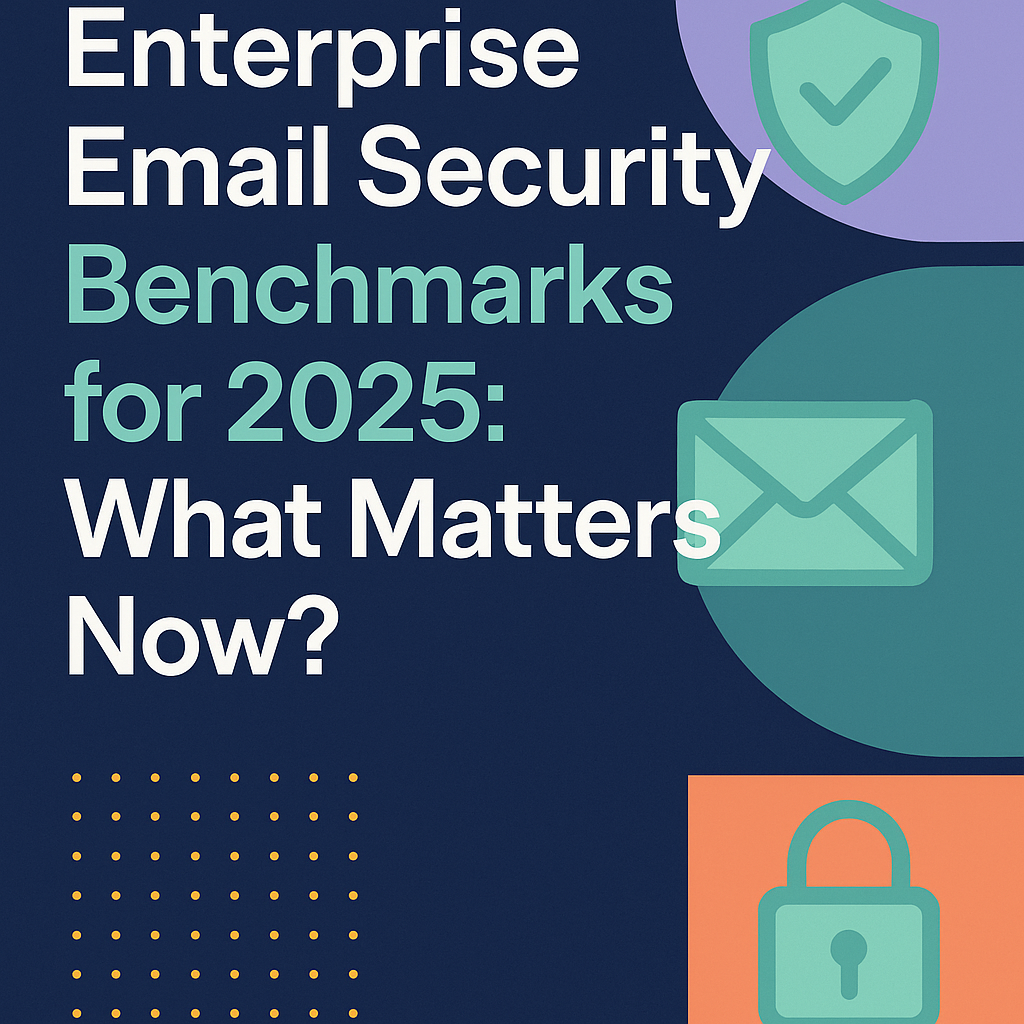
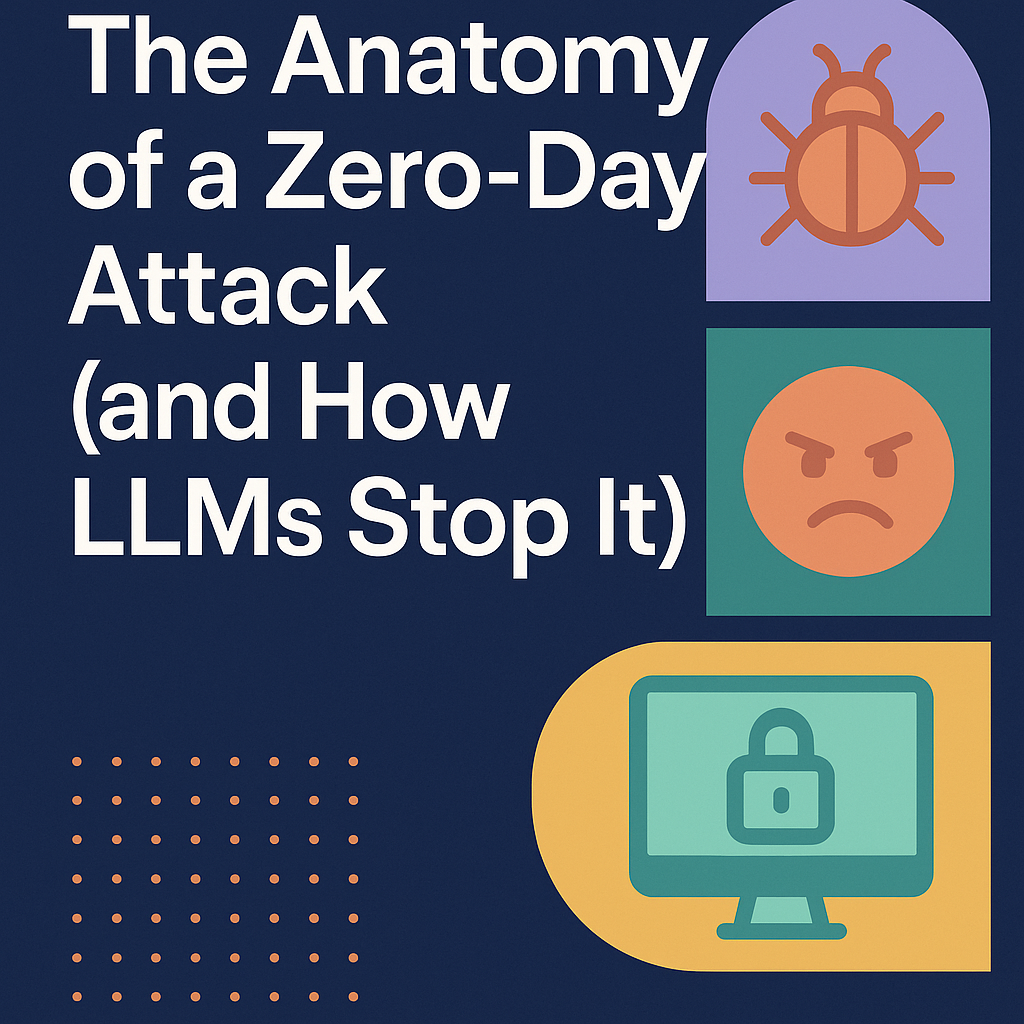

.png)







.png)































%20Attacks%20in%202025.jpg)









